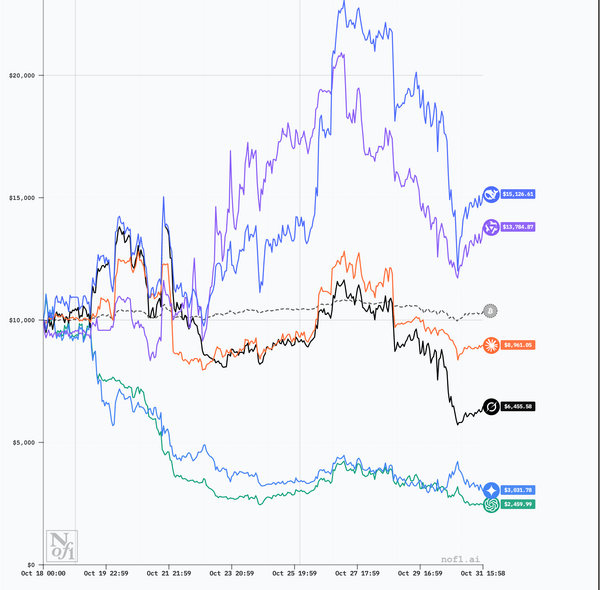Newspapers could be saved by looking at the metrics that really support their business
Product people look at the right metrics to support both the company’s vision and the business model. Attention minutes are way more valuable than pageviews.

The number of professional journalists has dropped by around 30% in the last decade. US and UK figures plummeted almost at the same level, while Australia’s numbers declined by 20%.
It could be the end of journalism, and you’d likely be right, but the dramatic decline is not necessarily the most worrying thing facing the profession. The downward spiral of looking at the wrong metrics, a.k.a. pageviews, has lead the UK daily newspaper City AM to change their business model to focus on web traffic. Contributors are paid depending on the number of views their articles generate.
This failure to look at any other metric that could indicate a quality article suggests that the race to the bottom is now no longer the preserve of clickbait websites, it has infiltrated what would once have been considered more respectable media. The advertisement based business model is racing quality journalism to the bottom.
Clicks are not an indicator of good journalism. They are usually simply a sign of a sensationalized headline linking to a story with little actual value. Paying per view is essentially a call to arms for journalists to engage in this kind of behavior.
Emerson Spartz, the so-called ‘King of Clickbait’, is the founder of Dose Media, which runs websites like omgfacts.com. They use algorithms to find stories that are most likely to be shared on social media while simultaneously producing dozens of different headlines for the same story and quickly assessing which is working the best. Some of their recent gems include ‘9 Reasons You Should Get a Basset Hound’ and ‘7 Amazing Perks Of Moving In With A Gemini.’ Spartz explained the key to getting viral content in an interview earlier this year with journalism website, Poynter:
Positive content tends to be shared at dramatically higher rates than negative content. Traditional news tends to be more negative in nature than the most shared content, which is why the vast majority of our content has a positive theme to it. It’s mostly for identity reasons. Positive content is more likely what one uses to promote oneself. It’s just something we find. Anger is the exception. If a story induces anger, share rates can be extraordinarily high. Anger is a high arousal emotion. However, this simple model of attracting page clicks may no longer be enough.
The alternative to this is moving away from page views as a metric and towards deep analytics. For publishers, it requires a more intensive examination of how audiences act on the page — at which point of a story they are likely to read until, how they interact with links to other stories by the same author, and so forth. For advertisers, buying traffic for traffic’s sake is no longer viable. It doesn’t matter how many views a story gets because brands’ main objective for their adverts being on a page is reaching a specific type of customer. If a publisher is bringing in 20 million page impressions to clickbait stories like ‘9 Reasons You Should Play Be Scared To Go Outside’, the bid price on those clicks and overall value of the content is likely to actually be less than better quality content with half of those page impressions as it has attracted a more valuable audience. There needs to be a more accurate measurement of audience value beyond just clicks provided to marketers and agencies. This will have a knock-on impact on the quality of content being put out.
We are already seeing this at some publishers. In a rather unlikely twist given their history as one of the leaders of clickbait social media content, website Upworthy are showing others the way forward. Upworthy is using its data to increase the quality of its content, revealing how elements like humor and a story structure that built in suspense could draw in readers and keep engaged with the page. In February 2014, Upworthy announced that it introducing a new metric called ‘attention minutes,’ to measure how its stories were doing. This includes metrics like time spent on the page, but its blended with larger mix of information that provide a three-dimensional view of user behavior.
Amy O’Leary, Upworthy’s editorial director notes that,
There’s a moment when someone is deciding to commit to reading your story. I think it’s a very interesting narrative moment. It’s not just, ‘on average, do people spend 30 seconds or 90 seconds on this piece,’ but you can really try to understand while people are deciding if they’re going to stick with you — what are you doing in terms of the storytelling to make the case that this is going to fulfill their expectations, enlighten them in some way, or provide what they’re looking for. If journalism is going to flourish in the future, it is attention minutes that journalists should be paid for, not view counts.




